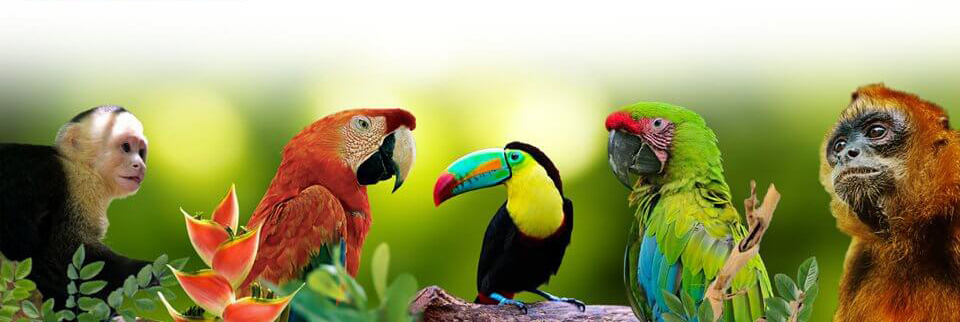Collaborative Health
How Human-Influenced Animal Diseases Are Bad For All Of Us
Sickness and disease are an undeniable fact of nature. Animals and plants frequently sicken and die, sometimes in greater numbers than others. However, unless there is something seriously wrong with the ecosystem as a whole, sickness should not prove a major problem to biodiversity or population stability. Sickness and disease in wild plants and creatures may seem like one aspect of the environment which is beyond the direct control of humans. However, the alarming number of wildlife epidemics sweeping through the world at the moment has something very serious to say about the state of our planet in general. Unfortunately, humans cannot discount our own environmental impacts from the causes of this sad state of affairs. Nor should we be complacent about this. Humans, too, can be seriously affected by diseases which begin in the wild – and the gathering strength of several animal sicknesses could have major human implications if we do not begin to right the damages we have caused.
Wildlife Epidemics
The world is seeing entire species falling to a range of diseases on an unprecedented scale. Chytridiomycosis – which infects the skin of amphibians – is wiping out millions of the world’s frogs. The floors of American bat roosts are littered with the corpses of bats which have fallen prey to a new fungal disease known as ‘White Nose Syndrome’. A contagious facial cancer (a grouping of words which must strike fear into anyone’s heart) is killing Tasmanian devils. And in the UK, the stately ash trees which populate the decidious woods and ancient folklore of the island are succumbing in their thousands to a fungal infection known as Chalara dieback of ash. And this is only the tip of the iceberg. It would take pages and pages to detail all of the epidemics currently facing the world’s wildlife. Suffice it to say that the state of affairs is not good at all.
Human Implications
For the ecologically minded among us, this rise in wildlife diseases is a tragedy in its own right. But even those who are less inclined to care about the fates of plants and animals should be concerned. For not only are humans deeply implicated within the emergence of these diseases (more on that later), we are also threatened by them. Anyone who works with wild animals will be aware of the health precautions which must be taken in order to reduce the risk of cross-infection between human and animal. Humans are not immune to animal diseases – and, as animal pathogens and diseases proliferate and multiply, more and more of them are mutating in ways which allows them to infect humans. Indeed, it should be noted that some of our most fearsome epidemics have originated within the animal kingdom. The recent outbreak of Ebola in West Africa has been linked to the hunting of great apes (who also suffer from Ebola) and fruit bats. HIV/AIDS is believed to have passed to humans from chimpanzees. And let us not forget the bubonic plague, which killed an entire third of the human population in the fourteenth century. The ‘Black Death’ still lurks within rodent and flea populations. Given the right conditions, it could rise again.
Why Is This Happening?
Disease may appear to be something which is largely uncontrollable and un-influencable in wild situations. And it’s certainly true that once a virus or pathogen gains enough momentum to begin mutating and spreading exponentially then there is not a lot which can be done. However, humans could do with taking a closer look at the conditions which are allowing these illnesses to get out of control in the first place. Scientists are extremely concerned about the growing potential for animal illnesses to spread to human populations, and have made no bones about pointing the finger of blame firmly at human activity. It is humans who have forced alien species into close proximity with each other, resulting in the dangerous mixing and breeding of viruses and bacteria. It is humans who have warmed, deforested, and acidified the planet – creating fertile conditions in which pathogens find it easy to flourish and spread. It is humans who have destroyed wild habitats, bringing weakened and infected animals closer to human habitations. And it is humans who will ultimately suffer, unless something is done to halt the spread of pestilence in the wild.
Sally James
Travel writer
